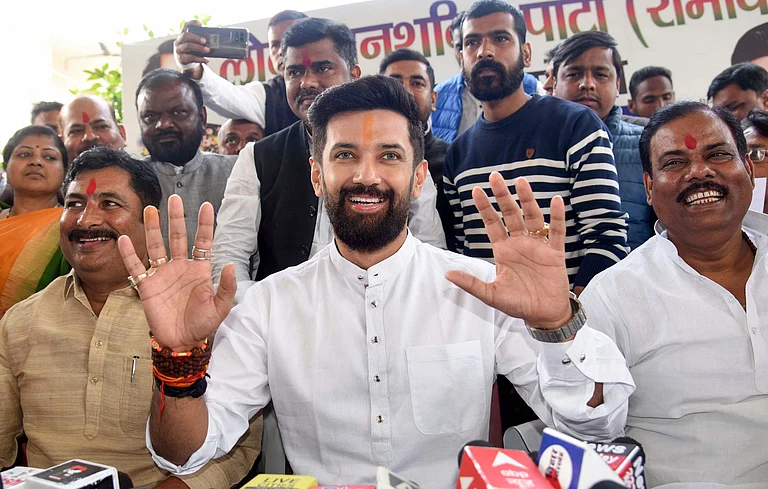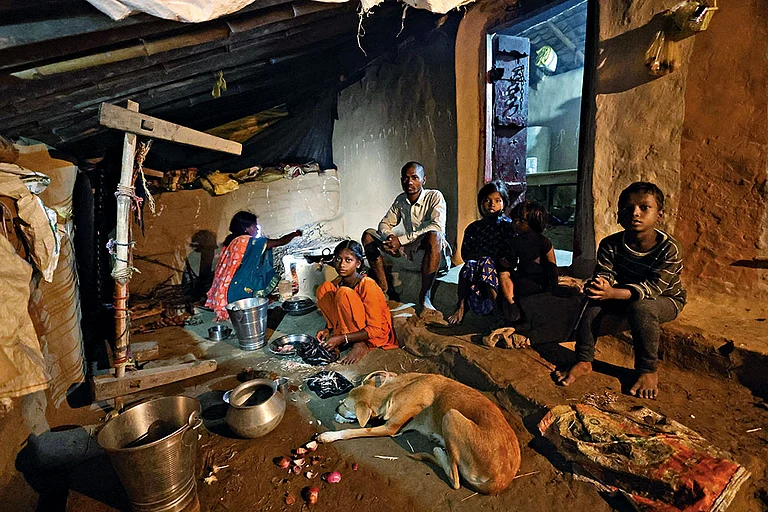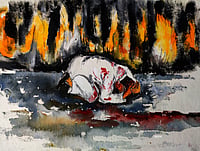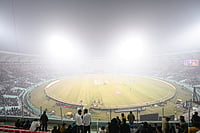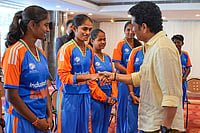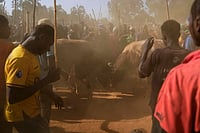
Introduced in 2007 by Nitish Kumar as a move for social justice, the “Mahadalit” category aimed to uplift Bihar’s most deprived Dalit castes. Two decades later, the initiative remains largely symbolic, with communities like the Musahar, Manjhi, and Bhuiyan still struggling with poverty, landlessness, and exclusion from welfare schemes.
Despite the creation of the Mahadalit Commission and development missions, data show little structural progress — only 1.3% of Dalits hold government jobs, and over 84% remain landless. Iconic figures like Dashrath Manjhi and Laungi Bhuiyan became celebrated symbols, yet their families continue to live in deprivation.
Leadership figures such as Jitan Ram Manjhi have turned the movement into personal or family-based politics, while Dalit subcastes remain divided across party lines. Analysts note that without meaningful reforms in employment, education, and land rights, “Mahadalit politics” will remain a pre-election slogan rather than a vehicle of transformation.
When the term “Mahadalit” strongly echoed in Bihar’s politics in 2007, it was hailed as a new chapter in the story of social justice. Chief Minister Nitish Kumar claimed that the most deprived Dalit castes—those who had remained excluded from the real benefits of reservation and welfare schemes for decades—would now receive recognition and rights. Castes such as Musahar, Bhuiyan, Dhobi, Nat, Paswan, and Chamar were partially separated, with the most marginalized among them categorized as “Mahadalits.” The idea was that state schemes would finally reach the lowest rungs of the Dalit hierarchy.
But two decades later, the realities visible in villages like Gahlour and Kothilwa expose the gap between that promise and its practice.
From Gahlour to Kothilwa: Two Symbols but Same Neglect
Dashrath Manjhi, famously known as the “Mountain Man,” embodied the living spirit of Mahadalit resistance. He was denied access to a road to reach medical help for his ailing wife, so he took it upon himself to carve a path through a mountain—alone, with just a hammer and chisel. For 22 years, he chipped away until Gahlour was finally connected to the world. Nitish Kumar was so moved by his story that he once invited Manjhi to sit on the Chief Minister’s chair—a gesture that, however, remained symbolic.
After Dashrath Manjhi’s death, his family continued to live in the same mud house that later collapsed in the rains. His son, Bhagirath Manjhi, appealed to both the Chief Minister and a Union Minister for help. One replied, “Didn’t you get an Indira Awas (housing) scheme house?” The other said, “You have a mud house, stay in it.”
The family that brought Bihar’s identity to the world still lives below the poverty line.
A similar story unfolded in Kothilwa village, where Laungi Bhuiyan, another Musahar farmer, single-handedly dug a canal to channel rainwater to his fields. The national and international media hailed him as the “Canal Man,” but elected representatives gave him nothing but promises. Ministers, MLAs, and bureaucrats visited his home, yet no pucca house was built. The same mud walls, the same broken roof, the same waiting.
The Political Reality of Mahadalit Empowerment
When Nitish Kumar returned to power in 2005, he divided Bihar’s Dalits into two groups, leaving out the relatively powerful Paswan caste and designating the rest as Mahadalits.
Politically, it was seen as a shrewd and strategic move, a direct challenge to Ram Vilas Paswan’s dominance over Dalit politics. Nitish aimed to align the other Dalit subcastes directly with the JD(U). He established the Mahadalit Commission, launched the Mahadalit Vikas Mission, and promised land, housing, education, and employment for these communities.
But twenty years later, the data reveal that the mission became neither policy nor justice. According to the 2022 Caste Survey Report, Bihar’s Dalits constitute about 20% of the population, yet only 1.3% hold government jobs. Among them, the Manjhi, Bhuiyan, and Musahar castes remain at the bottom. Over 84% of Dalits are still landless.
Krishna Mohan Lal a researcher at TISS Mumbai, notes, “Nitish Kumar’s Mahadalit policy offered only symbolism, not structural change. Castes that were already relatively stable, like Paswan or Ravidas, continued to progress. But communities like the Manjhis still depend on daily wage labour and migration.”
Leadership Detached from the Community
The most visible face of Mahadalit politics remains Jitan Ram Manjhi. Once handpicked by Nitish Kumar to become Chief Minister, his appointment was hailed as a milestone in Dalit empowerment.
But just nine months later, when he was removed from the post, it became clear that the transfer of power had been more symbolic than substantive.
In 2015, Manjhi formed his own party, Hindustani Awam Morcha (HAM), but it soon became confined within his family circle. Today, the party is part of the NDA alliance, yet critics argue that Manjhi worked more for his family’s rise than his community’s. He is now a Union Minister, his son Santosh Manjhi is a minister in the Bihar government, and his daughter-in-law and her mother are both in the legislature.
In his native village, Mahkar (in Gaya district), one finds schools, a power station, a bank, and a hospital—but just a short distance away, in the Dalit hamlet of Sapaneri, there are still no roads or clean water.
Resident Aklu Manjhi says, “He’s from our caste, but he couldn’t even build a road to our village.”
Division and Marginalisation in Dalit Politics
Dalit politics in Bihar has always been fractured. In the 1960s and 70s, the Congress enjoyed a solid Dalit base. Then Lalu Prasad Yadav mobilised them with his slogan of “social justice.” After 2000, both Paswan and Nitish tried to consolidate Dalit votes in their favour, but the outcome was deeper fragmentation.
Today, Paswan, Ravidas, and Pasi castes hold influence within the NDA fold, while the Musahar and Manjhi communities remain on the margins of power.
Senior journalist Abdul Qadir observes, “Communities like the Manjhi and Dom have never received the full benefits of the reservation. The leaders who rose in their name didn’t fight for structural reforms the way Kanshi Ram or Jagjivan Ram once did.”
Policy versus Intent
The greatest failure of Mahadalit politics lies in its transformation from a tool of reform into a stage for symbolic representation. Dashrath Manjhi and Laungi Bhuiyan became poster icons for governments, but their lives were never made a policy priority.
Nitish Kumar may have earned a place in political history for creating the Mahadalit Commission, but on the ground, from Gahlour to Kothilwa, no family can claim that their lives have truly changed because of it.
The journey of Mahadalit politics teaches one fundamental lesson that caste-based categorization alone cannot deliver justice.
Unless employment, education, land reform, and social security lie at the heart of policymaking, “Mahadalit” will remain a political label, invoked before every election, and forgotten soon after.
Even today, the mountain of Gahlour and the canal of Kothilwa stand as silent witnesses, as if to say, struggle in Bihar is eternal, but policies still remain incomplete.









